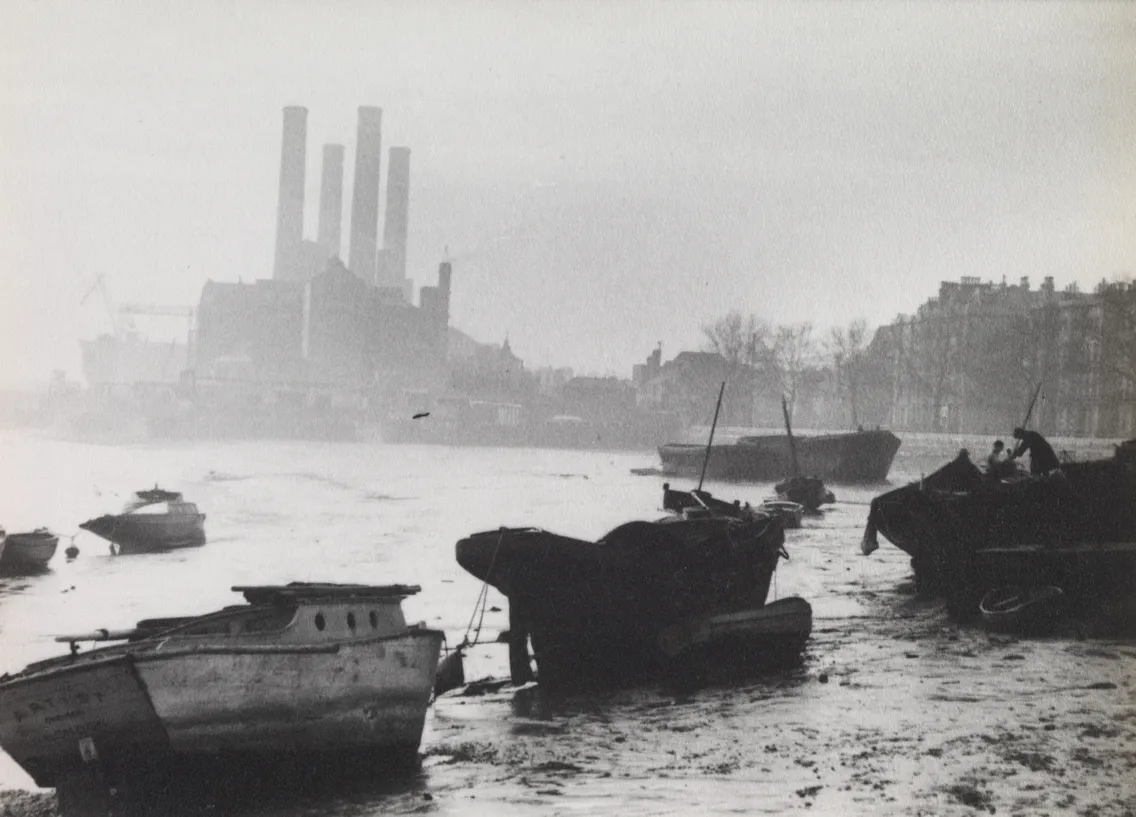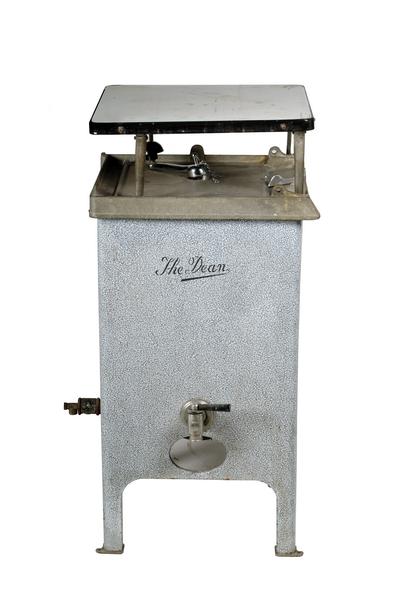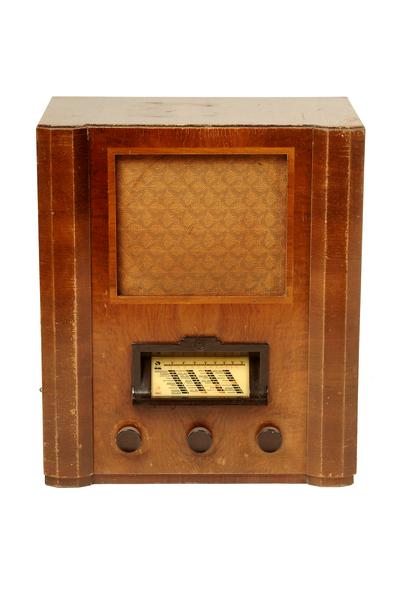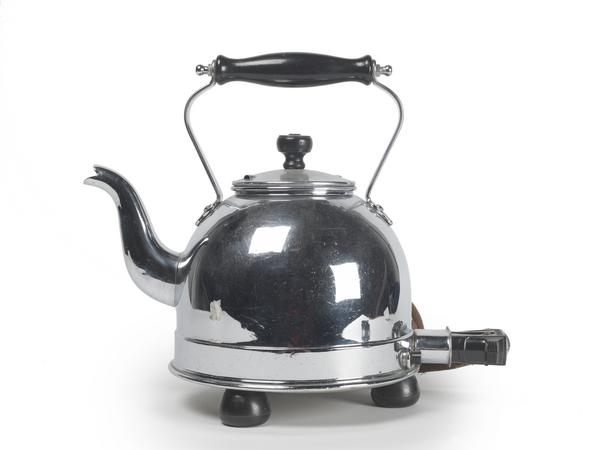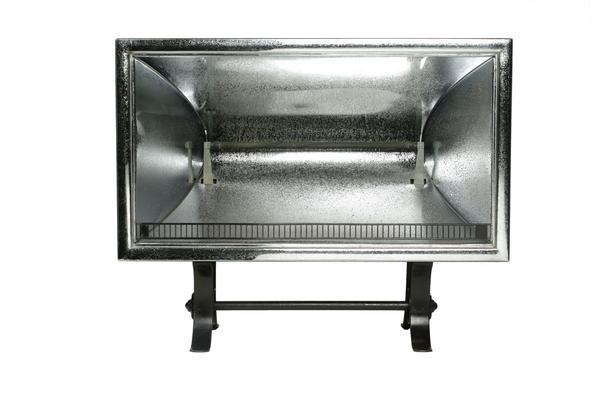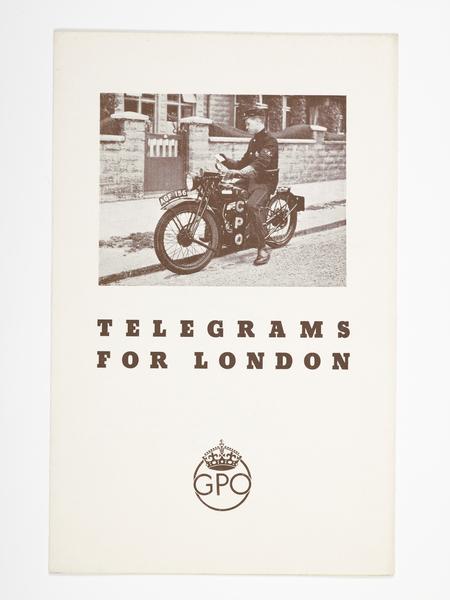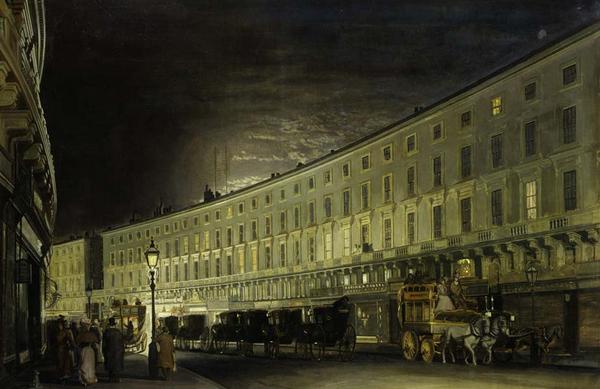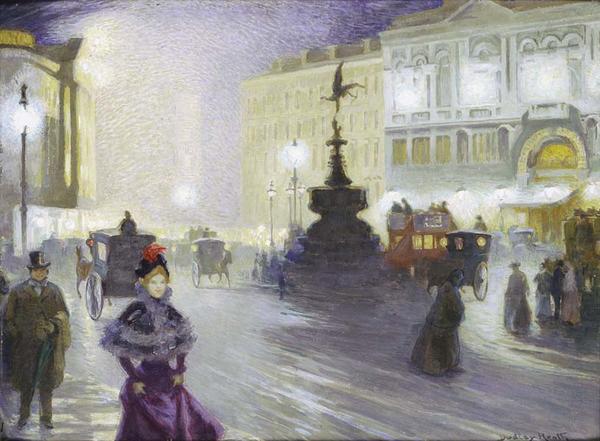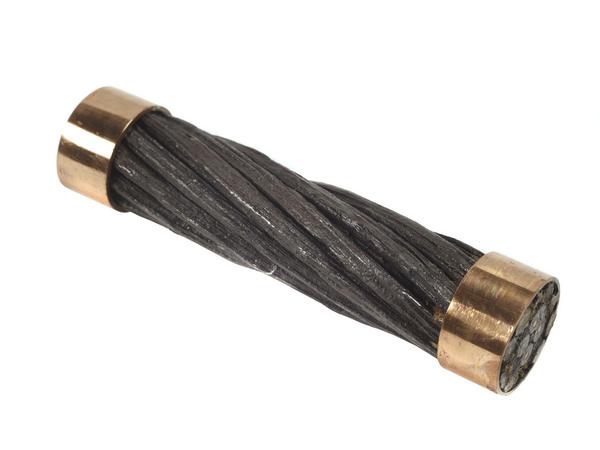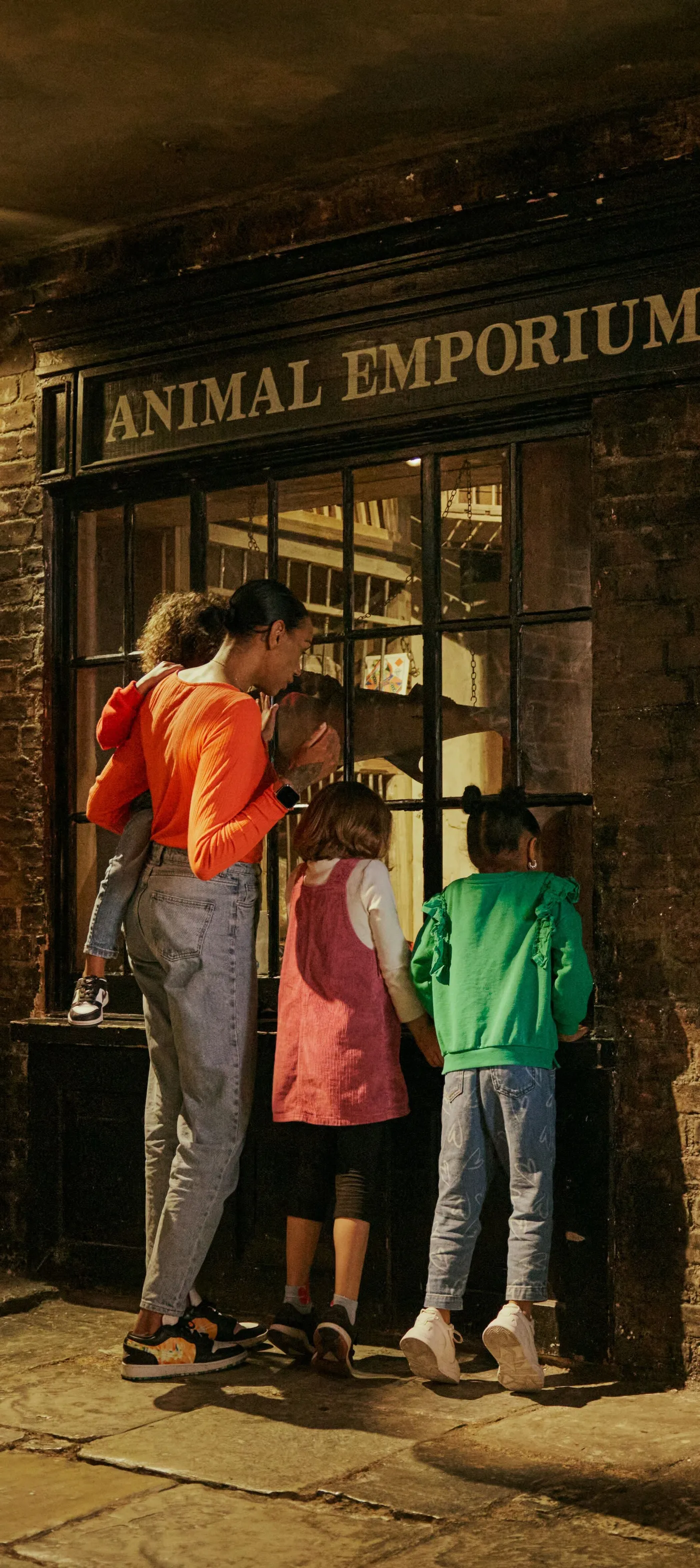When did London get electricity?
Electricity grew more and more common in London for transport, lighting and communication after 1900, making it into many Londoners’ lives by the 1930s.
Across London
1830–1940

How electricity became essential
The first electric telegraph systems were patented in the 1830s, allowing people to send messages by wire. Thomas Edison and Joseph Swan’s successful electric lightbulbs came along around 1880.
The age of electricity had arrived, and London began to witness some amazing, if limited, demonstrations of its potential.
It wasn’t until the reign of King Edward VII, from 1901 to 1910, when electricity really sparked into life in London.
After 1900, electricity began to be widely introduced for transport and lighting. From the 1920s, it made its way into many Londoners’ homes, beginning a revolution in the way people lived.
“By the 1850s, wires linked London to other cities in Britain, Europe and the US”
The telegraph and London’s first telephones
By the 1840s, electric telegraph cables were being laid down in London’s streets. Initially, the new technology was used to provide communication and signalling along the growing railway network.
By the 1850s, wires linked London to other cities in Britain, Europe and the US. In 1888, the details of Jack the Ripper’s murders could be relayed to the US, making it an international story.
Telephones began to arrive in 1880, although only for the very wealthiest people.
The ornate brass telephone above is from our collection and dates from around 1890. It was produced for the Piccadilly home of the Rothschild banking family, who were major investors in the early telephone industry.
London’s iconic red public telephone boxes were introduced from the 1920s.
Electric transport: rail, trams and traffic
The world’s first electric underground railway, the City & South London Railway, opened in the capital in 1890. Electricity was soon adopted by trains above and below ground.
In 1905, Lots Road Power Station opened in Fulham to supply electricity to the District Railway. Another station was built at Neasden in Brent to power the Metropolitan.
Electric trams began to replace horse-drawn trams in London from 1901 and quickly became extremely popular. Some companies used overhead wires, but the largest operator, London County Council, ran a live rail underneath the road.
The first electric traffic lights, which were manually operated, were installed in 1926. Automatic traffic lights appeared on Trafalgar Square in 1933.
London’s power stations
To begin with, local authorities sourced their own electricity by either licensing a private company or generating it themselves. The west of London favoured private sources. The east opted for their own supply.
There was little collaboration or integration. By around 1910, there were 65 authorities running 70 power stations.
Where were London’s first electric lights?
Electric lighting first shone in London streets and buildings in the 19th century, but it didn’t become common until the 1920s.
Tottenham Court Road used electric street lights from 1891. And Piccadilly Circus had its first illuminated signs mounted on the side of a building between 1908 and 1910.
In 1879, the British Museum installed electric lamps in the Reading Room for use on foggy days. The Royal Albert Dock lit its quayside electrically from 1880, allowing ships to be loaded and unloaded at night.
The Savoy Hotel and Theatre made a show of its electrical lighting from 1889. The theatre, which used bulbs developed by Joseph Swan, is said to be the first public building in the world lit solely by electricity.
Tottenham Court Road used electric streetlights from 1891. And Piccadilly Circus had its first illuminated signs mounted on the side of a building between 1908 and 1910.
When did London houses get electricity?
The major shift towards electrical power at home occurred in the 1920s and 1930s. Homes were steadily converted to accept electricity and by the 1930s, most new-build and suburban homes were connected to an electricity supply.
Dig through our collection for objects from this time and you’ll find domestic appliances that straddle the introduction of electricity. There are electric fires, kettles and cookers, but also a gas-powered washing machine. A 1930s Magnet brochure says its electric products will “revolutionise household chores”.
Those Londoners wealthy enough to own a radio could tune into the BBC, whose earliest radio broadcasts began in the 1920s.
This is an edited version of a piece by Alex Werner which appears in London: The Illustrated History.





